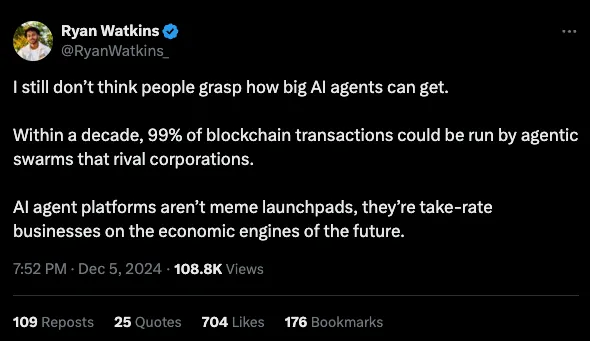Integration of Stablecoins and AI: A three-stage revolution from human-computer interaction to machine economy

Reprinted from panewslab
12/19/2024·6M
Original text: Peter Schroeder
Compiled by: Yuliya, PANews
Before the birth of the Internet, personal computers had demonstrated their revolutionary power. In the 1990s, the popularity of personal computers completely changed the way people handle daily tasks, significantly improving work efficiency and quality of life. However, despite their power, these computers are still isolated systems whose capabilities are limited to a closed environment.

The emergence of the Internet has completely changed this landscape. Computers suddenly gained the ability to connect to a vast world of information and a global network of users. These formerly independent machines are transformed into portals to endless possibilities, enabling instant communication, collaboration and knowledge sharing on a global scale. This groundbreaking innovation ultimately shaped today's technology-driven modern society.

Today, currencies are undergoing a similar historic turn. Traditionally, currency has three basic functions: medium of exchange, store of value, and unit of account. With the emergence of stablecoins, currencies have begun to gain all the advantages of the Internet and created conditions for the rise of AI agents. As industry expert Nic Carter said: " Stablecoins are Starlink in the financial field."

The market capitalization of stablecoins has now reached $200 billion, and trillions of dollars of transactions are processed every month. By combining the stability of legal currency and the programmability of digital assets, stablecoins have become the infrastructure of the Internet's native currency, opening up new possibilities for the global decentralized financial system.
Artificial intelligence injects intelligence into this new currency system. AI agents are able to:
- Analyze massive amounts of data
- Predict market trends
- Automate operations on an unprecedented scale
When this intelligence is combined with the seamless transfer of value provided by stablecoins, a whole new world of possibilities opens up. For example, investors can use AI to conduct real-time analysis of global financial data, while using stablecoins for instant and secure transaction execution.
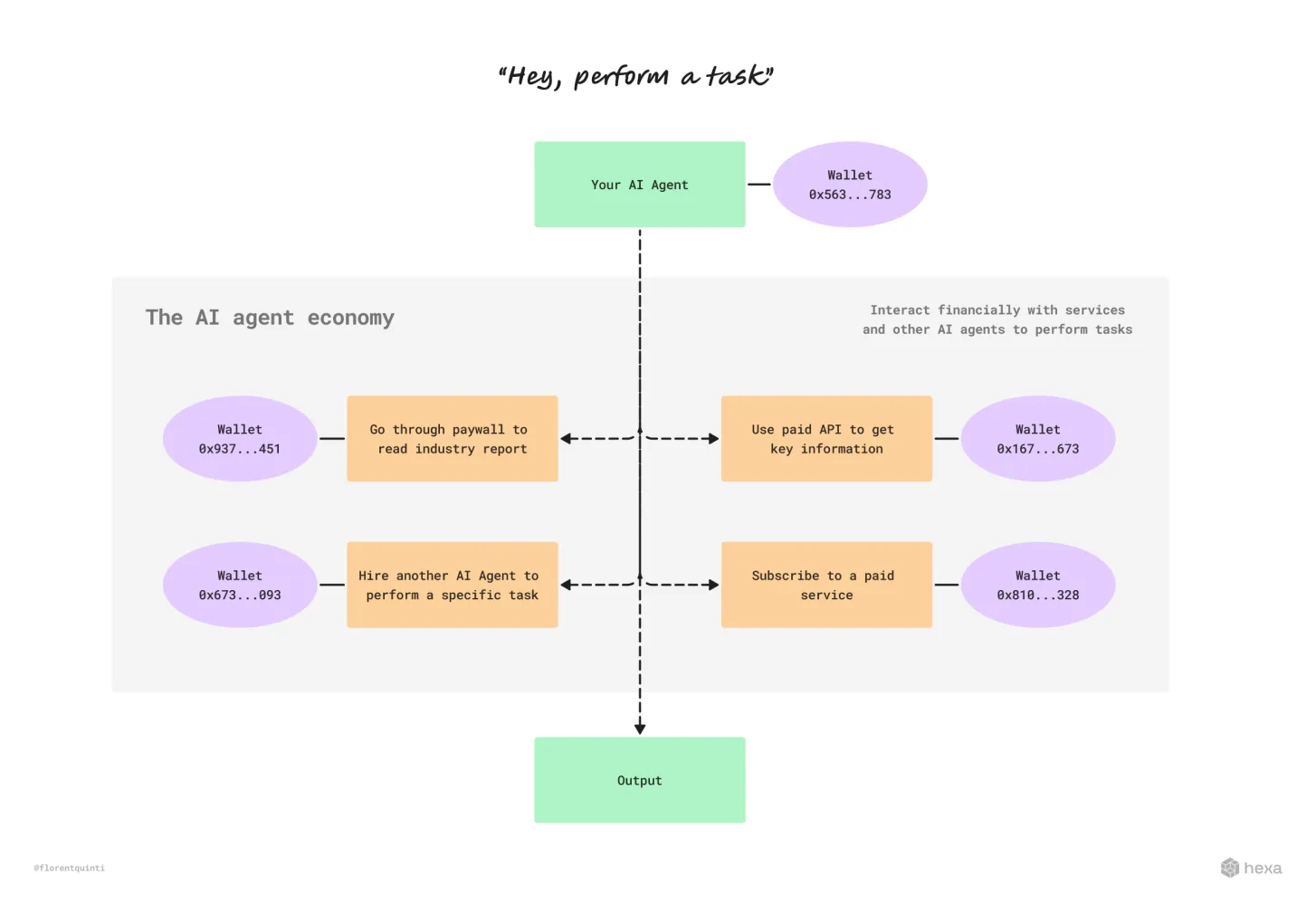
The combination of stablecoins and AI creates an efficient and intelligent new financial ecosystem. AI can not only analyze data and perform tasks independently, but also directly interact with blockchain protocols. This is not a simple automation of financial processes, but a fundamental change in the traditional financial system.
The three-stage evolution of stablecoins
Stablecoins provide AI agents with the scalability and reliability they need to operate autonomously.
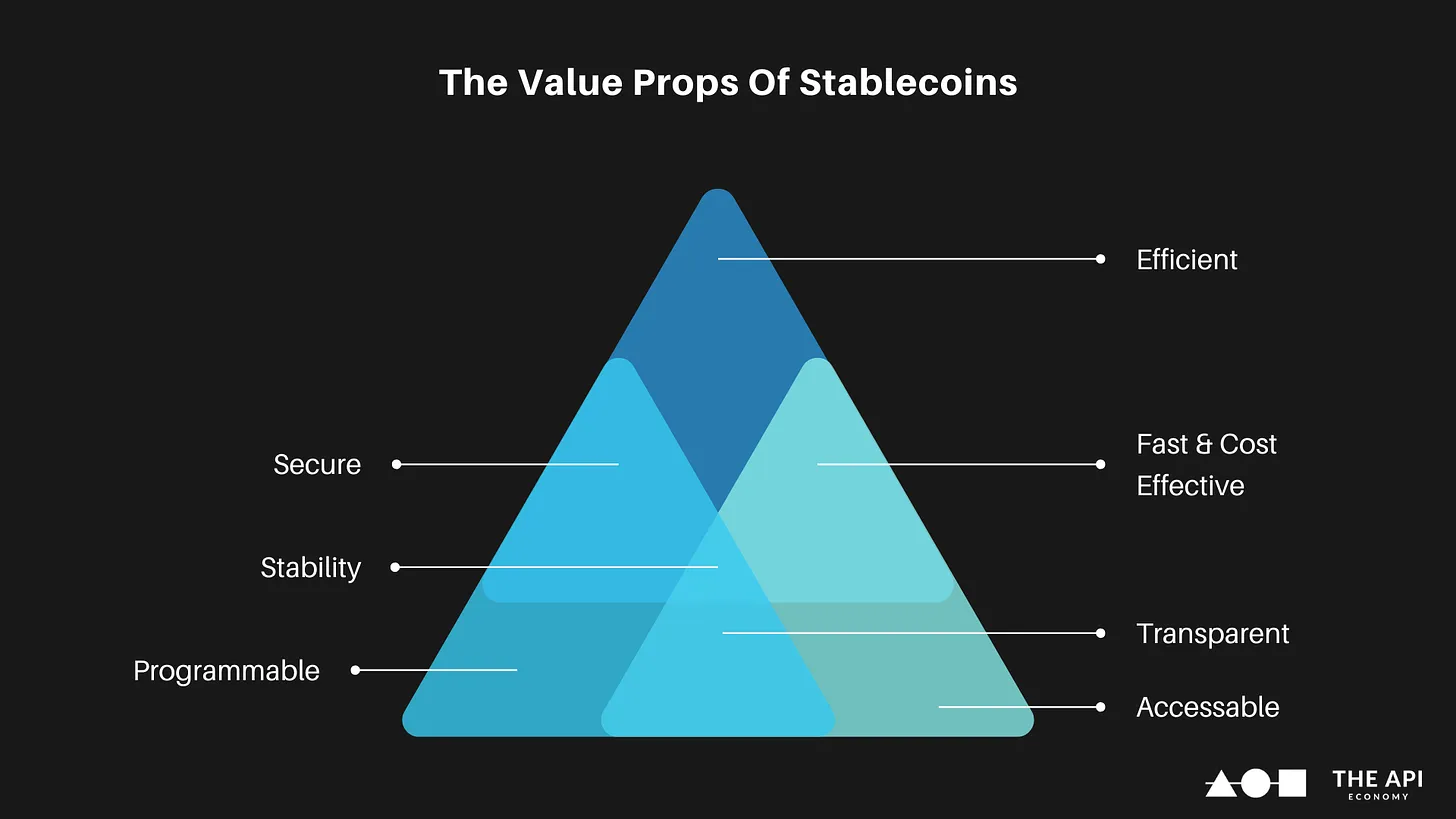
Since its inception in 2014, stablecoins have processed more than $60 trillion in transaction volume and currently account for approximately half of the total on-chain transaction volume.
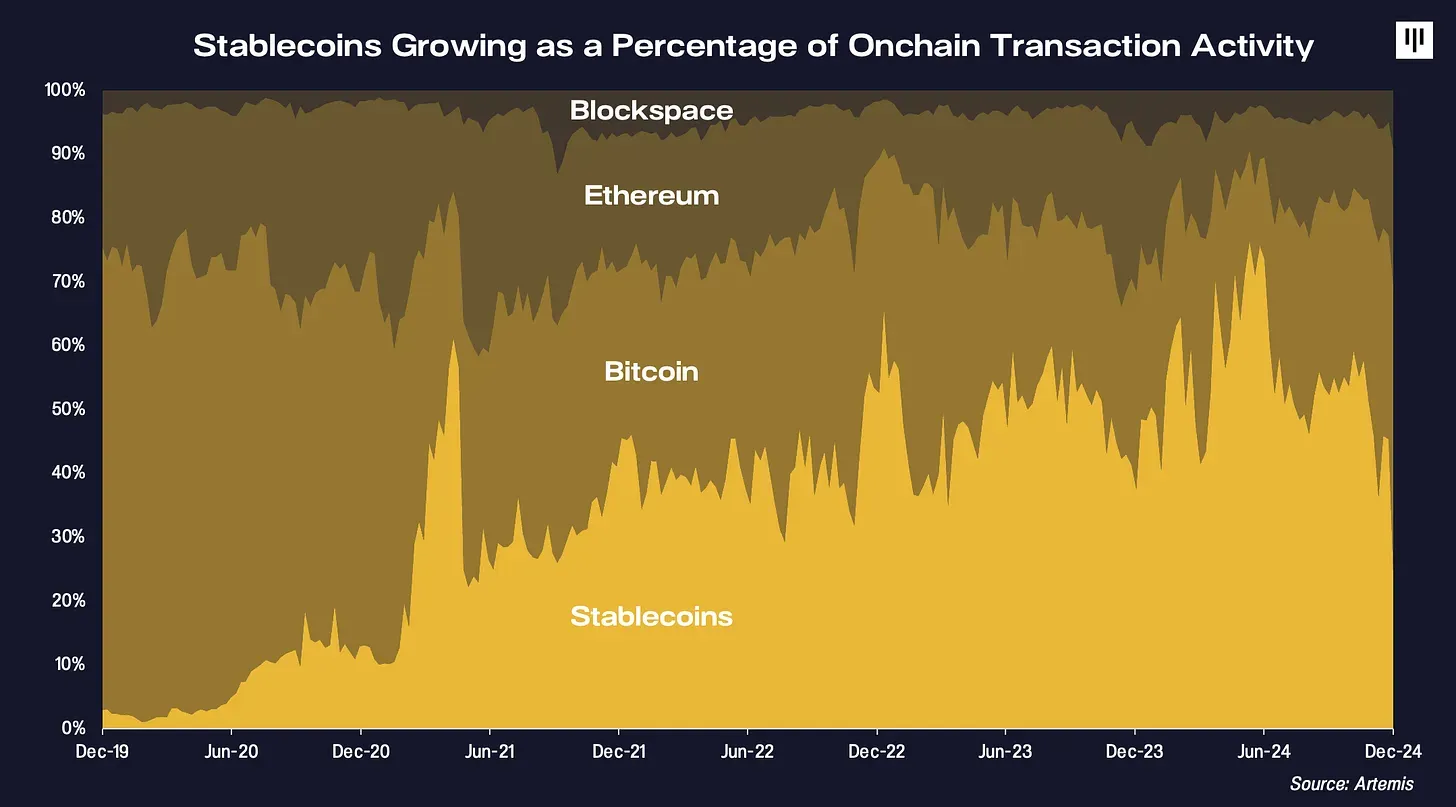
Although stablecoins have found clear product-market fit and are ready for the development of AI agents, their application scenarios will be gradually unfolded in stages. As Robbie Petersen explains in The Role of Cryptocurrencies in the Agency Economy, this process will go through three distinct stages:
Phase One: Human-Computer Interaction (Present)
It is currently closest to this stage. For example, Perplexity’s recently launched shopping feature enables agents to make purchases on behalf of users. Although stablecoin functionality has not yet been integrated, the full rollout of such features is not far off.

As Social Capital founder Chamath Palihapitiya said: "AI is ruthless because it is unemotional. It won't be impressed by a steak dinner, won't be taken to a basketball game, and won't be persuaded by a CEO. It won't be impressed by a steak dinner. It won't be convinced by a CEO. Just an agent looking at API endpoints and writing code to complete the task. "This shows that the AI agent will choose the most accessible and efficient system, independent of human factors such as marketing and business development." Crossmint is building tools so that AI agents can leverage stablecoins like USDC.
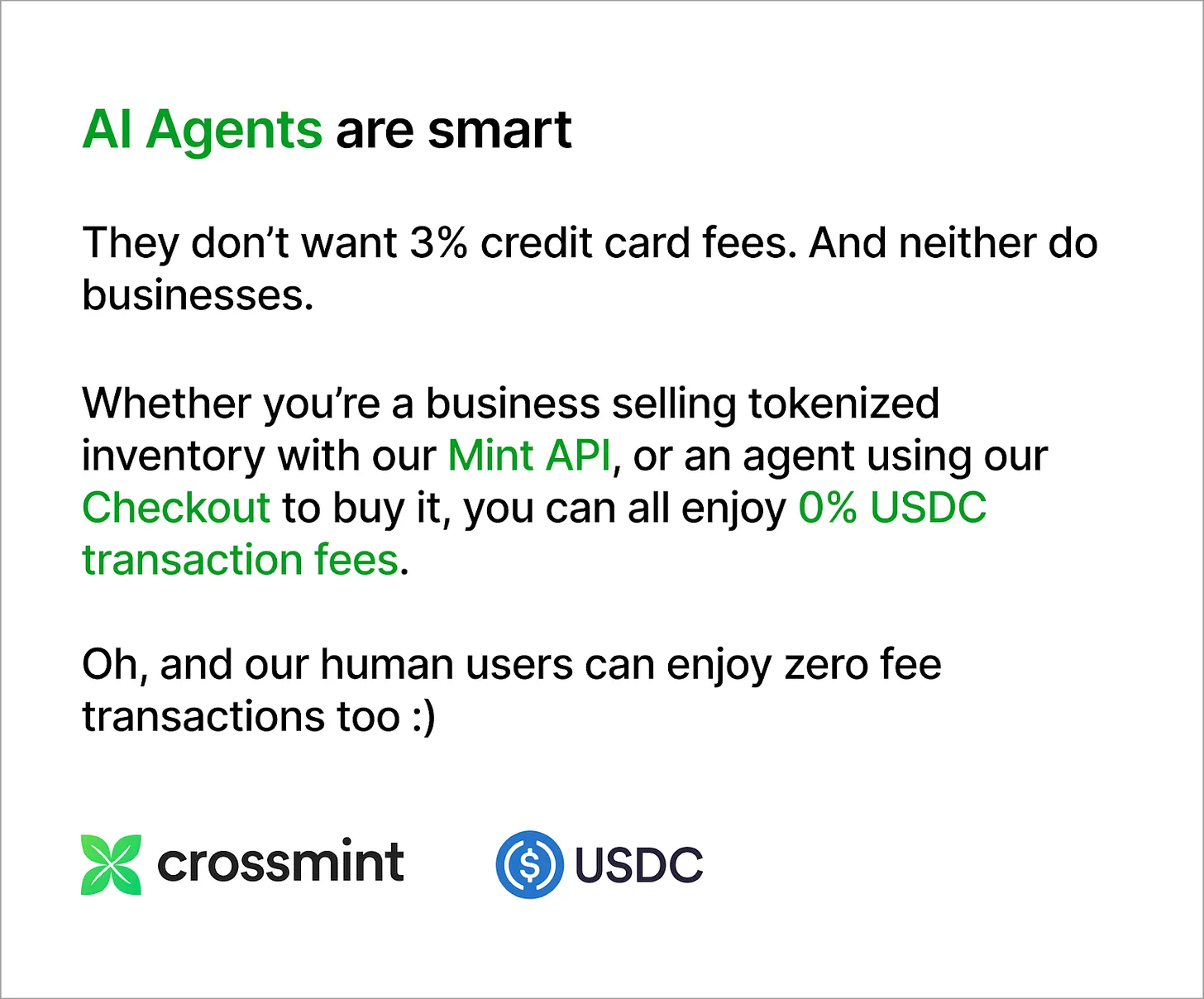
The second stage: robot-human interaction (emerging)
This stage is developing rapidly. According to Delphi Digital researcher Robbie, this stage is characterized by the ability of AI agents to autonomously initiate transactions with humans. This trend has already emerged in specific areas, including AI trading systems executing transactions, smart home systems purchasing electricity based on time-of-use electricity prices, and automated inventory management systems replenishing supplies based on demand forecasts.
MEV (Maximum Extractable Value) robots are typical representatives of this stage. In the past three years, these bots have processed more than $430 million in transaction volume using stablecoins and completed nearly 200 million transactions.
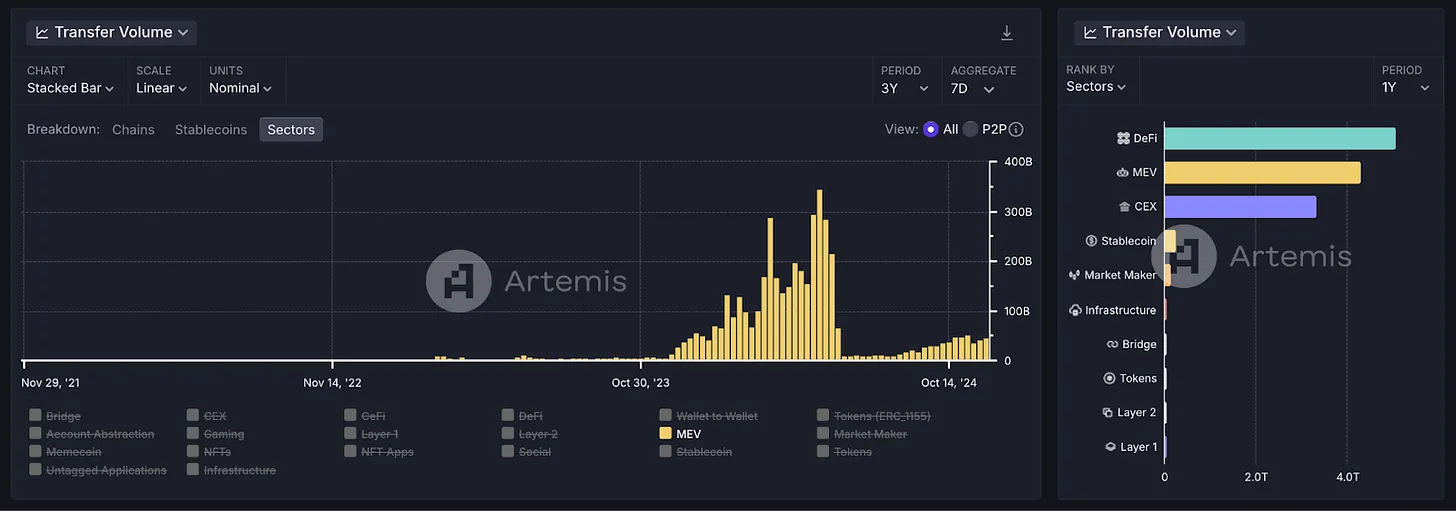
The MEV bot is an automated program that identifies and exploits arbitrage, liquidation, and front-running opportunities in blockchain transactions. Traditional MEV robots operate based on rule algorithms and use preset strategies to monitor the trading pool, execute transactions and rearrange the order of transactions to obtain profits.
These robots use machine learning technology to predict market trends, optimize trading layouts, and adapt to market changes in real time, demonstrating the technological progress of cryptocurrency agents. Stablecoins play a key role in this process, providing bots with the stability and liquidity needed to execute high-frequency, low-risk strategies.
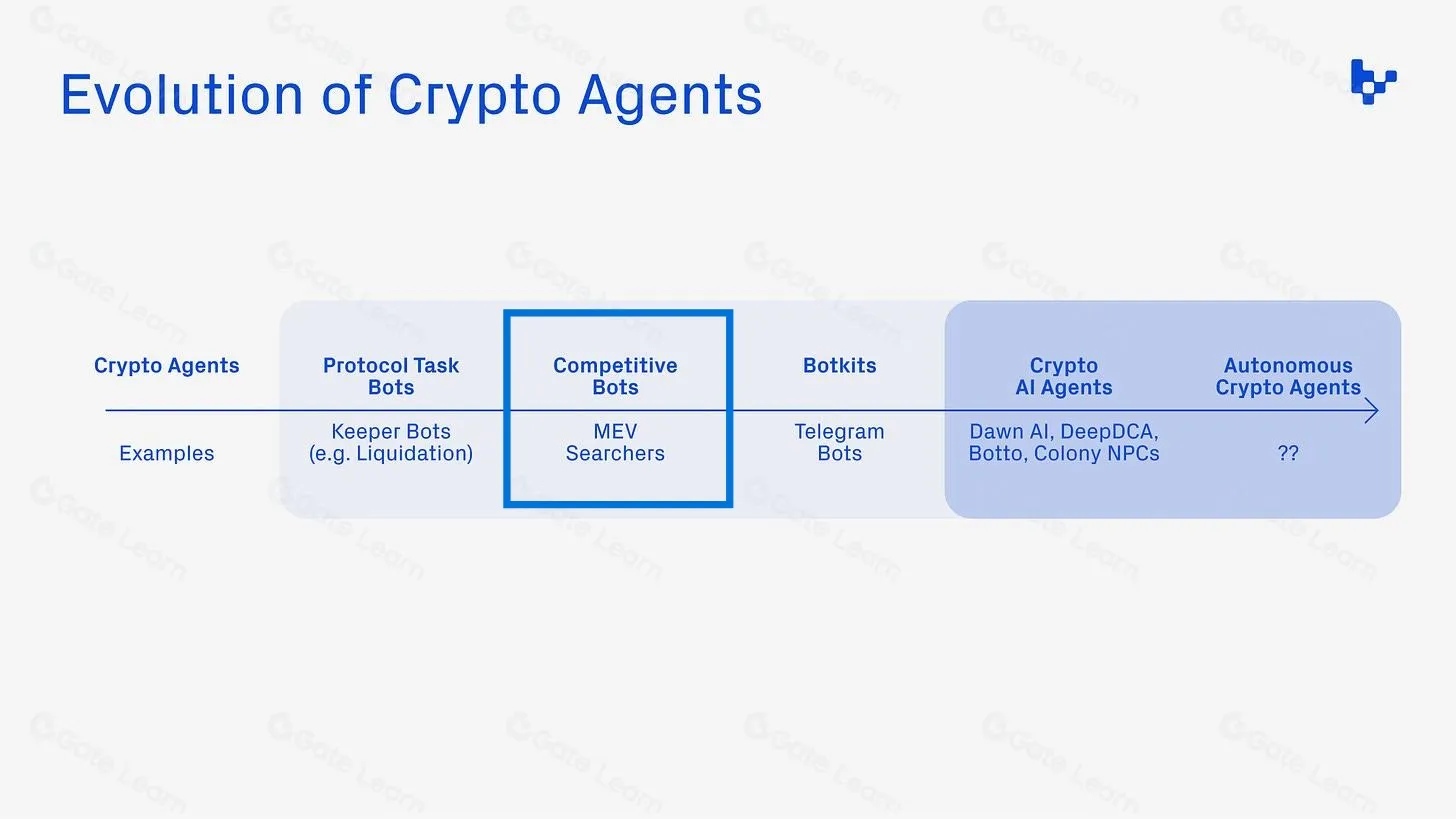
This growing sophistication of robots reflects a broader trend: AI agents, robots, and automated systems are becoming dominant in the blockchain ecosystem. The success of MEV robots is just one example of the large-scale application of stablecoins, but it clearly demonstrates how AI agents and robots are beginning to broadly affect market operations. This expansion of influence heralds that the cryptocurrency market is entering a new era of greater automation and intelligence.
Phase 3: Machine-to-machine interaction (future)
This stage is already taking shape. In August this year, Coinbase incubated AI-to-AI trading using USDC for the first time.
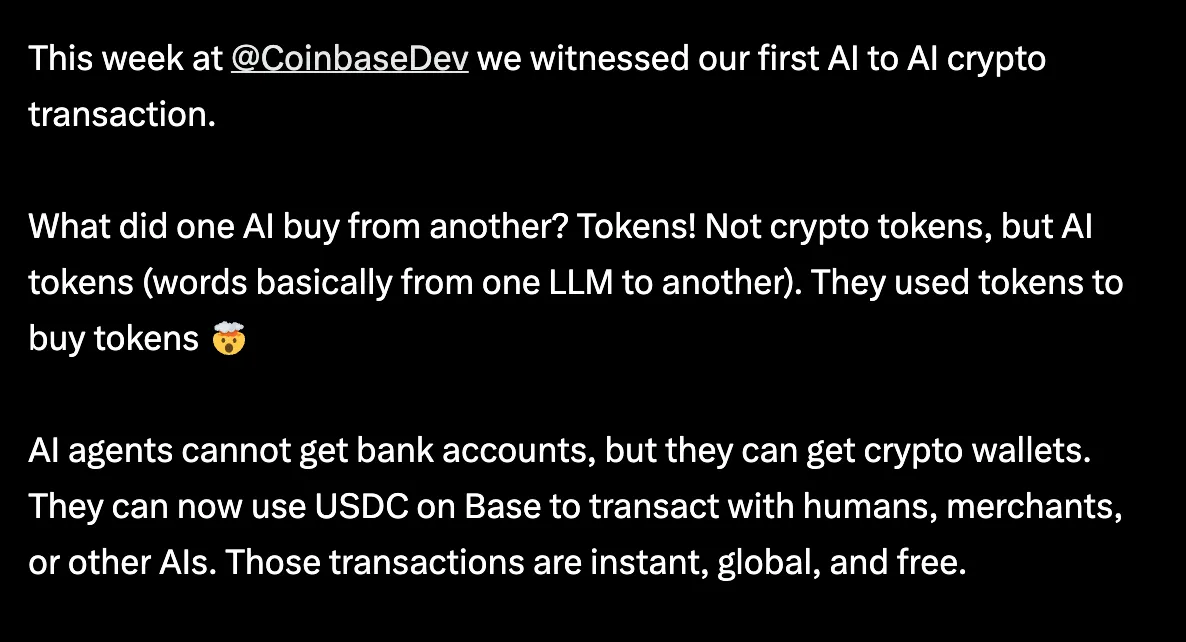
As Coinbase CEO Brian Armstrong said: "Although AI agents cannot open bank accounts, they can have cryptocurrency wallets. They can now use USDC on Base to conduct instant, global, and free transactions with humans, merchants, or other AI."
Stablecoins provide AI agents with an efficient, liquid and permissionless trading medium, while AI injects intelligent elements into blockchain operations to achieve a smarter, faster and more efficient system. The impact of AI on AI trading will be far-reaching and widespread, and the development in this field deserves continued attention.
The perfect fit between stablecoins and AI-driven application scenarios
programmable liquidity
Currently, one of the most attractive use cases for stablecoins is programmable liquidity, enabling AI agents to instantly access and deploy funds . Since 2024, the transaction volume of the global DeFi market has exceeded US$1.3 trillion, of which stablecoins account for a considerable share of liquidity.
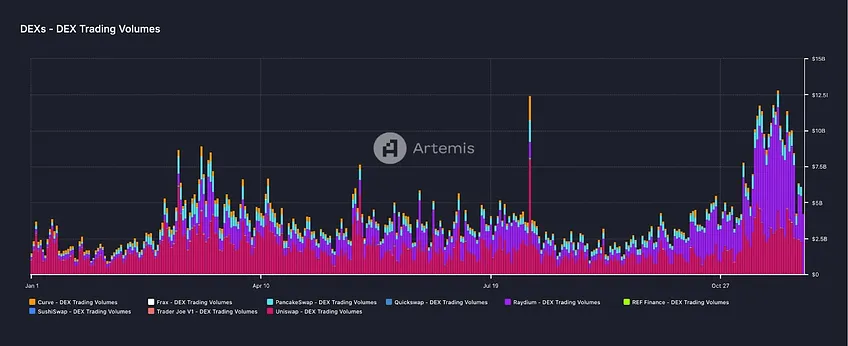
Companies like Velodrome and Aerodrome Finance are innovating automated market maker (AMM) mechanisms by introducing voting escrow (ve) token models to facilitate community-driven liquidity distribution. By integrating Layer 2 networks such as Optimism and Base, this model ensures efficiency and scalability of capital deployment.
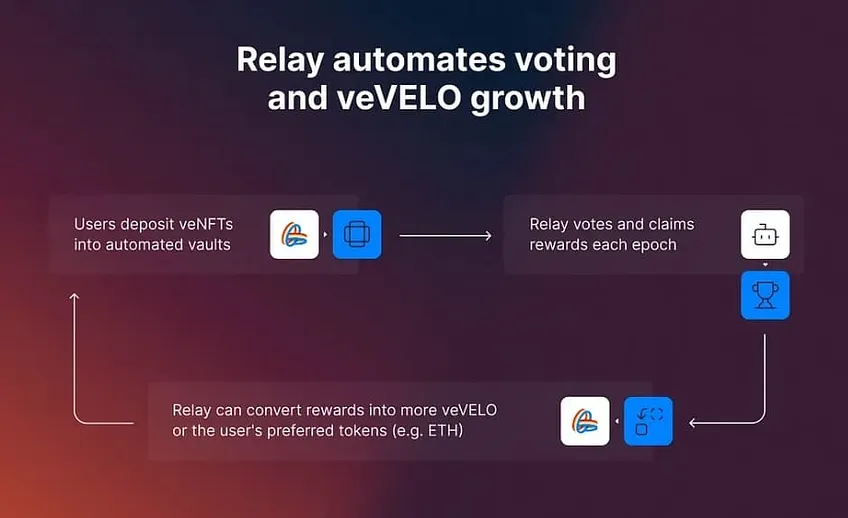
AI can improve the efficiency and adaptability of stablecoin liquidity supply by implementing programmable liquidity and dynamically optimizing fund pool allocation, fee structure, and rewards based on market conditions and user behavior.
These developments drive continued growth in the DeFi market. According to VanEck’s predictions, DeFi will reach new highs by 2025, with DEX trading volume reaching $4 trillion and total locked value reaching $200 billion, mainly due to AI-related tokens, consumer-oriented dApps and Tokenized assets drive liquidity and adoption.

Cross-border payment
Cross-border payments are another area with huge potential for stablecoins and AI agents. The global remittance market will reach US$883 billion in 2023 and is expected to grow to US$913 billion by 2025. Traditional remittances suffer from high handling fees (the global average is about 6%) and long processing times (which may take several days). Stablecoins are disrupting this market with their advantages of instant settlement and extremely low costs. When combined with AI agents, the process becomes even more seamless: AI agents can analyze exchange rates, identify the most cost-effective routes and execute transfers autonomously.

As Circle co-founder Jeremy Allaire discussed at the Hong Kong Circle forum, stablecoins have become the most ideal tool for AI agents because of their focus on programmability, trust and transparency . They provide an immutable record of transactions on the chain, ensuring that the actions of AI agents are auditable and verifiable. This programmable trust is critical to connecting the human and machine economies.
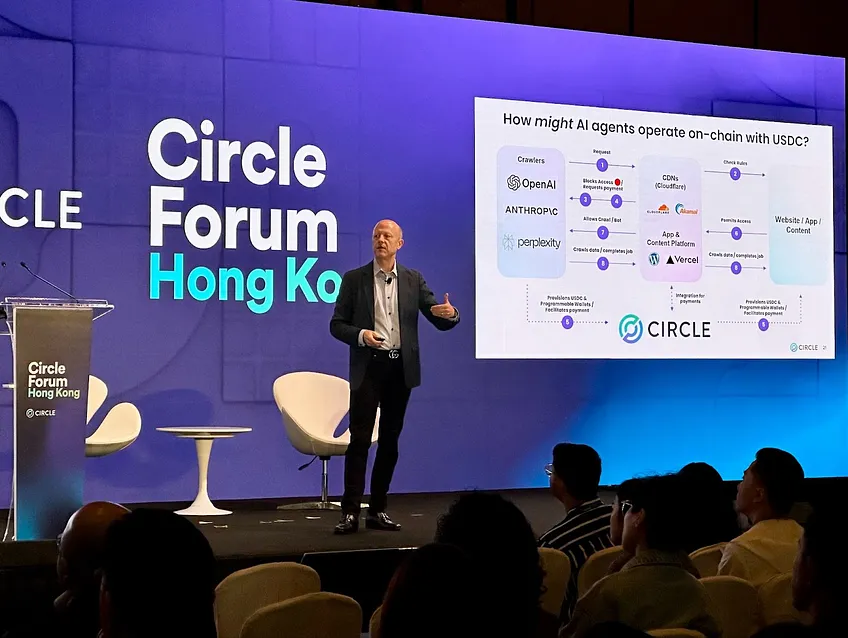
AI agents powered by this stable, programmable liquidity are transforming these transactions into smarter, faster, and more cost-effective workflows. From optimizing DeFi strategies to automating global commerce, the synergy between stablecoins and AI agents is upgrading the way value flows between systems.
future outlook
As the share of AI-driven economic activity continues to increase, stablecoins are becoming a critical infrastructure for this transformation. Its stability, speed and accessibility make it an ideal currency carrier for AI agents, promoting the formation of a smarter, more efficient and more inclusive financial system.
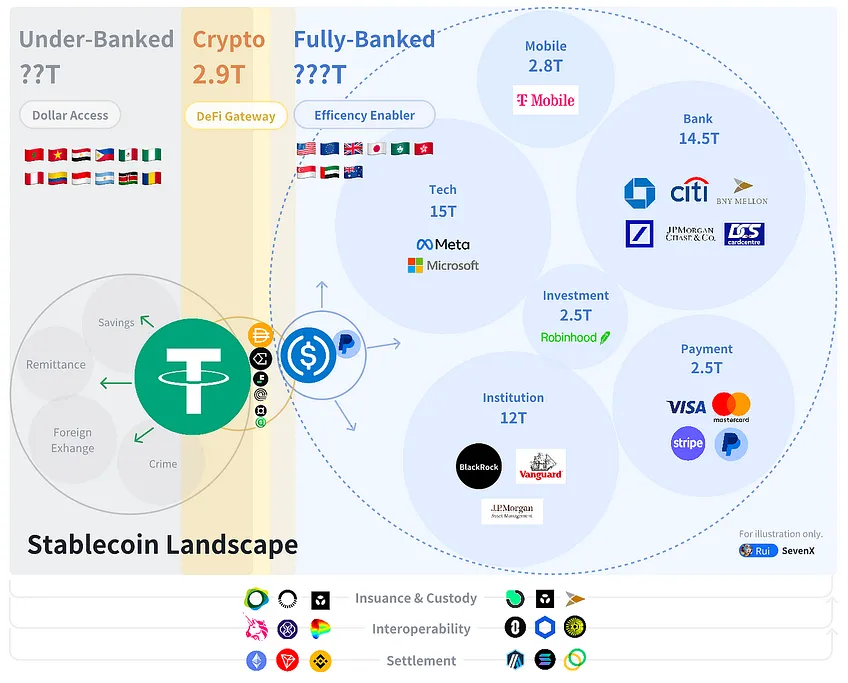
Stablecoin-powered AI agents enable anyone with an internet connection to participate by simplifying complex financial tasks. Users can create wallets and transact with stablecoins simply by talking to an AI agent, without having to understand all the complexities of finance. For example, people who lack professional financial knowledge can entrust portfolio management of any amount to an AI agent and earn stablecoin income through DeFi. All the user sees is a stable USD-based savings account generating passive income.
These agents can automatically rebalance investments, optimize returns, and even obtain loans, lowering the barriers to participating in decentralized finance behind the scenes while displaying a simple user interface. This has far-reaching implications for financial inclusion, especially in areas with limited reach of traditional banking services.
In the field of payments, the advantages of improved efficiency have begun to emerge. In 2023, the global payments industry processed US$1.8 trillion in transaction volume and generated US$2.4 trillion in revenue, mainly from handling fees.
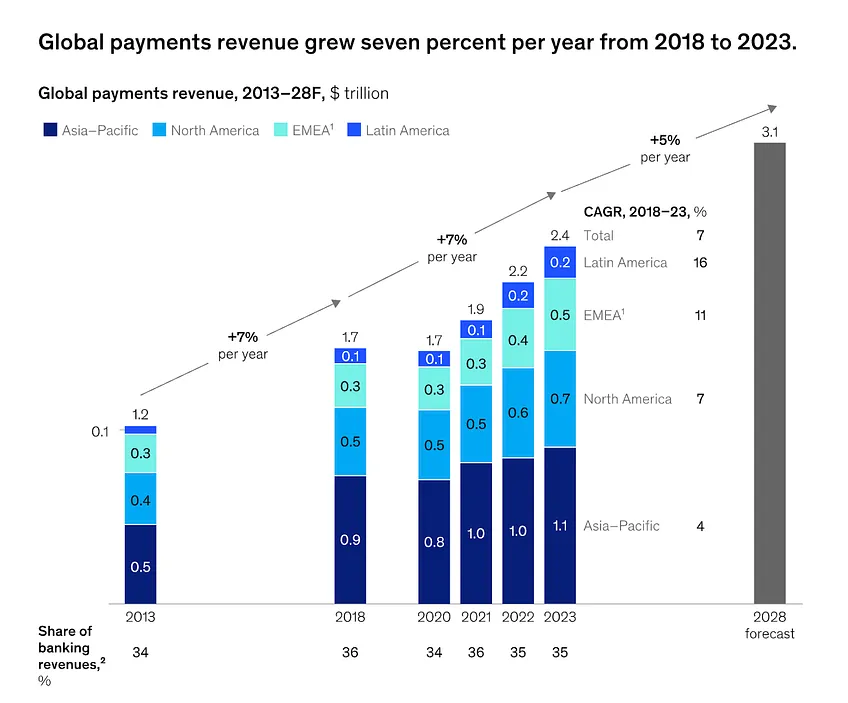
AI agents reduce friction in financial workflows by automating trading and
decision-making processes. With the near-zero transaction costs of
stablecoins, AI agents can reduce this "payment tax" and provide businesses
and consumers with faster and more economical transactions. 
Even more exciting is the creation of new economic models and markets. As AI agents trade autonomously using stablecoins, entirely new industries and ecosystems are emerging, and a machine-to-machine economy (where autonomous devices and systems directly exchange value) is becoming a reality. This has the potential to significantly increase global economic productivity, reduce efficiency losses and eliminate intermediaries, freeing up resources for growth and innovation.

The integration of stablecoins and AI agents is changing the way value flows, enabling an unprecedentedly fast, smart and efficient autonomous economic system.
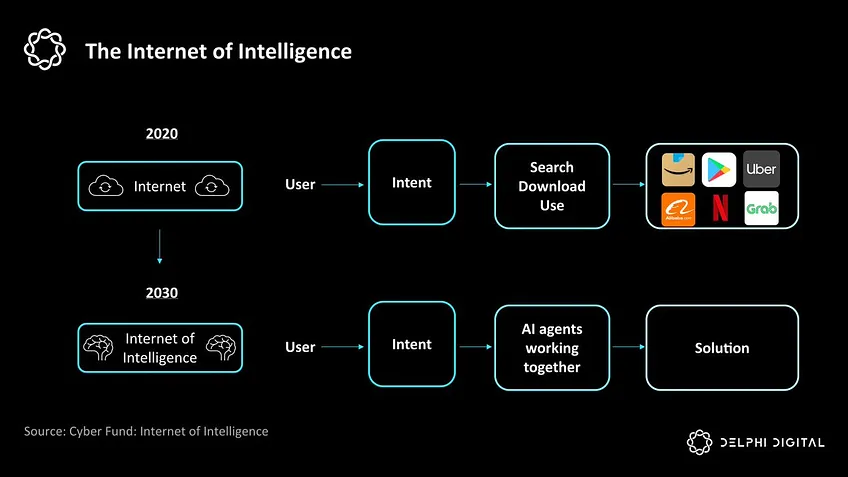
As the ecosystem evolves, stablecoins will continue to serve as the backbone of this revolution, providing the necessary stability and liquidity for AI agents to thrive. When programmable money meets intelligent automation, this is just the beginning of the possibilities, and the opportunities ahead are as vast as the digital economy itself.
